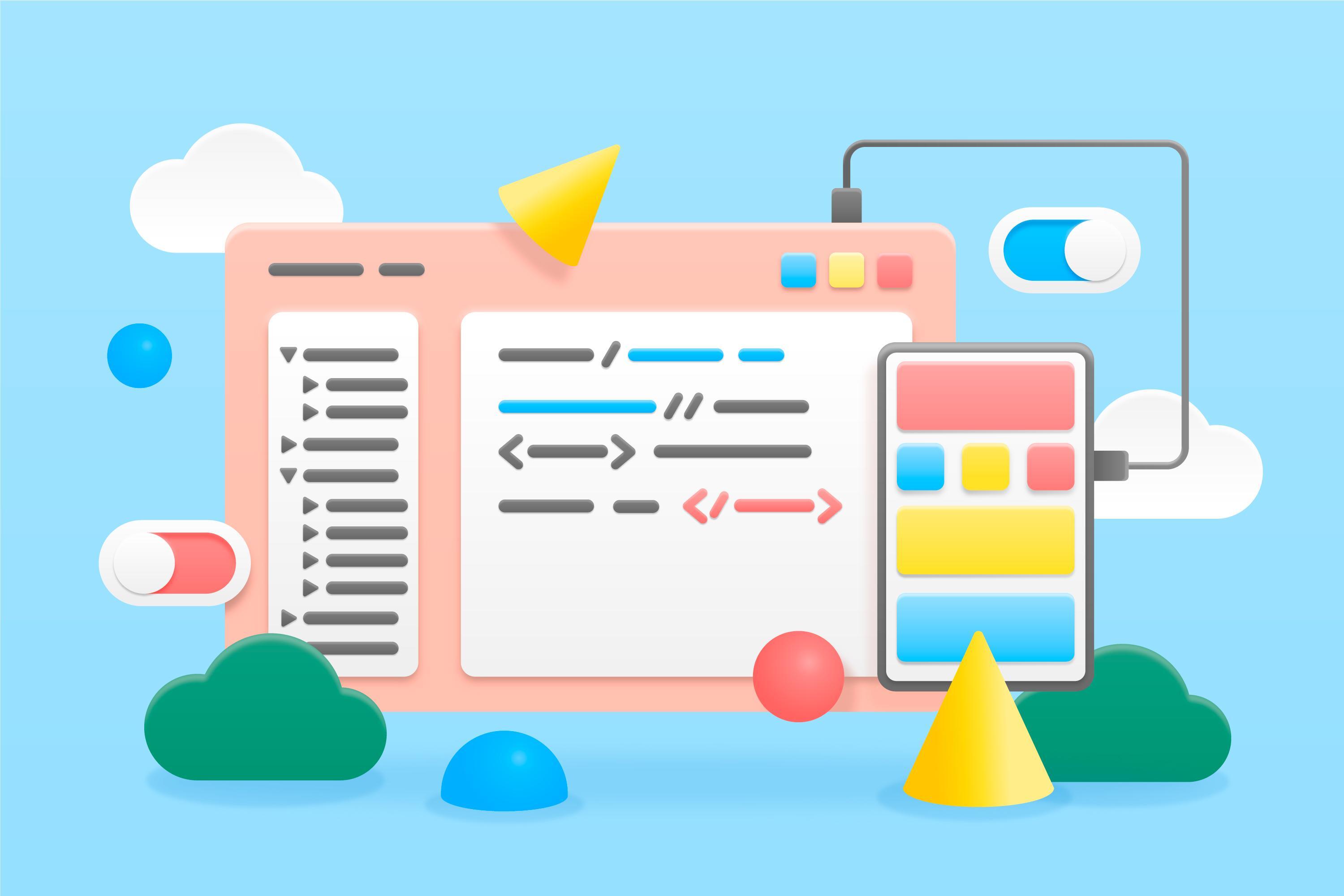How to Start Usability Testing to Truly Understand Your Users
Share

Great design doesn't live in mockups—it lives in the hands of real users. When it comes to mobile app development, it's easy to assume that a polished interface equals a usable product. But often, what seems intuitive to designers and developers can be confusing to end users. That’s where usability testing comes in.
Usability testing is more than just letting someone “try the app.” It’s about carefully observing how real users interact with your product, what frustrates them, where they get stuck, and what motivates them to keep going. When done right, usability testing becomes one of the most powerful tools in your UX toolbox—guiding product development with real, human insight rather than assumptions.
This article walks through how to start usability testing from scratch, how to define clear objectives, create effective tasks, observe actual behaviors, and apply what you learn to improve your app’s user experience.

What Is Usability Testing?
Usability testing is a method of evaluating a product by testing it on real users. The goal is to identify usability problems, collect qualitative and quantitative data, and determine the participant’s satisfaction with the product.
The key is observation—watching users perform specific tasks while speaking their thoughts aloud. It's not about asking users whether they like a design, but rather watching what they do, where they succeed, and where they struggle.
Why You Can’t Skip It
Even the most seasoned UX professionals can't predict every user behavior. Without testing, teams risk spending time and resources building features that don’t work as intended or aren’t used at all.
Some of the common benefits of usability testing include:
-
Identifying navigation issues before launch
-
Validating design assumptions
-
Revealing what users expect from your app
-
Improving conversion rates and engagement
-
Reducing development rework post-launch
Usability testing saves time and money by preventing flawed designs from making it into the final product.
Step 1: Define the Purpose of the Test
The first and most critical step is to identify why you're conducting a usability test. Are you testing the app’s onboarding process? Searching functionality? Checkout flow?
Clear goals help keep the testing focused. Without them, feedback becomes vague and hard to act upon.
Examples of good usability testing goals:
-
Determine if users can sign up successfully without help
-
Understand if users can locate a specific feature
-
Measure how long it takes to complete a task
-
Identify where users get confused in the booking process
The more specific your goal, the more useful the insights.
Step 2: Choose the Right Participants
Your test results are only as good as your participants. The ideal test users represent your target audience—those who are most likely to use your app in the real world.
Factors to consider:
-
Age, gender, occupation
-
Digital experience level
-
Device preferences (iOS, Android, tablet)
-
Familiarity with similar apps
You don't need hundreds of participants. In fact, testing with just five users can uncover about 85% of usability issues, according to research from the Nielsen Norman Group.
Step 3: Design Realistic, Goal-Oriented Tasks
Once you’ve selected your test group, you need to create tasks for them to complete. These tasks should reflect real-life actions a user would perform in your app.
Examples:
-
“You want to apply for a job in your area—show me how you would do that.”
-
“Find a restaurant and place an order for delivery.”
-
“Set a budget goal for groceries this month.”
Avoid telling them exactly what to do. Instead, describe a scenario and watch how they approach it.
Step 4: Encourage “Think Aloud” Testing
Ask participants to verbalize their thoughts as they complete tasks. For example:
-
“I’m not sure what this button does…”
-
“I expected this page to take me somewhere else.”
-
“This took longer than I thought.”
The “think aloud” method reveals not just what users do, but why they do it. It gives context to clicks, hesitations, and missteps, helping designers understand mental models.
Step 5: Observe, Don’t Intervene
During the test, resist the urge to help. Let users struggle (within reason), because that struggle is where the insight lies.
Take notes on:
-
Where users hesitate
-
Where they click first
-
What they ignore
-
When they show signs of confusion or frustration
Recording sessions (with permission) can also help your team review and analyze the results later.
Step 6: Analyze and Act on the Results
After the test, look for patterns across participants. If three out of five users couldn't complete the same task, that’s a red flag.
Key questions to consider:
-
Were users able to complete the task?
-
How long did it take?
-
What mistakes were made?
-
What feedback was consistent?
Organize your findings into themes and create a list of prioritized recommendations.
Real Use Case: Improving Job Application Flow
A job search app had a sleek interface and robust features, yet user engagement was lower than expected. Through usability testing, the team discovered that users couldn’t find the “Apply” button on job listings—it was placed at the bottom of a long scrolling page, easily overlooked.
Test participants expressed confusion and assumed the feature was missing. Based on this feedback, the team redesigned the layout to place the “Apply” button in a more prominent, fixed position.
The result?
A 40% increase in completed applications within a month. This single change, inspired by usability testing, had a direct impact on a key business metric.
Tips for Running a Successful Test
-
Start small: You don’t need a lab or fancy tools. Remote testing via Zoom or in-person sessions with a phone and a note pad can work just fine.
-
Be neutral: Don’t lead users to answers. Your role is to observe, not teach.
-
Test early and often: Run usability tests at every major stage—before development, during prototyping, and after launch.
-
Include designers and developers: Let them watch real users interact with the product. It builds empathy and improves communication across the team.
Final Thoughts
Usability testing isn’t about validating what you already believe—it’s about discovering what you didn’t know. It reveals friction, confusion, and missed expectations, but more importantly, it uncovers opportunities to make your app more intuitive, engaging, and successful.
Starting usability testing early in the development cycle helps ensure that your app is not only functional but truly user-friendly. It helps you shift from building what you think users want, to what they actually need.
If you're not watching users interact with your app, you’re missing out on the most honest feedback you’ll ever get.

Share

Keep me postedto follow product news, latest in technology, solutions, and updates
Related articles
Explore all


